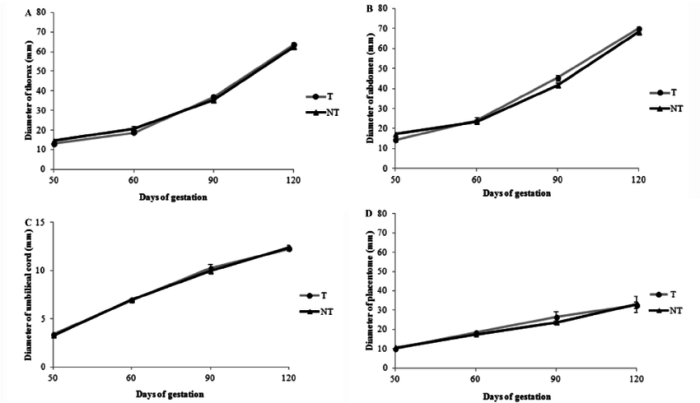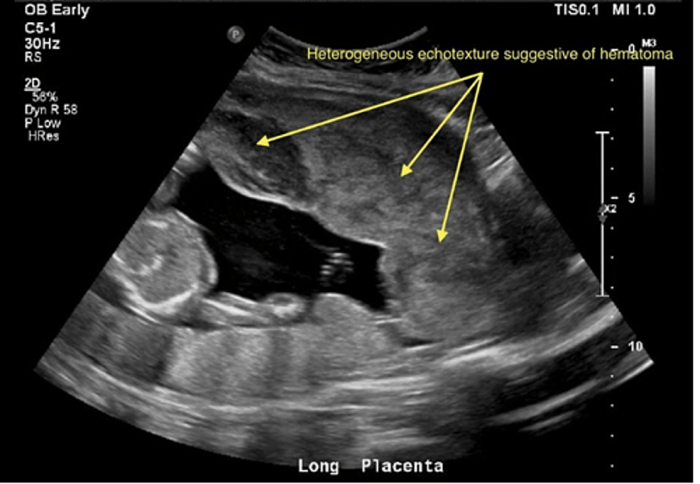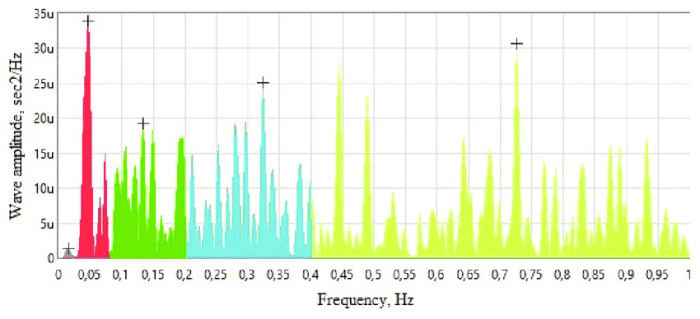Translate the medical term fetometry as literally as possible, a journey into the realm of fetal measurements, unveils the intricate details of this crucial aspect of prenatal care. This exploration delves into the etymological roots of the term, dissects its components, and examines the implications of this literal translation for understanding the concept.
Fetometry encompasses a diverse array of techniques employed to assess fetal parameters, each with its unique principles and applications. This discourse illuminates these methods, providing insights into their clinical significance and the invaluable role they play in ensuring fetal well-being.
Literal Translation of “Fetometry”

The term “fetometry” is derived from two Latin words: “fetus,” meaning unborn child, and “metry,” meaning measurement. Therefore, a literal translation of “fetometry” would be “measurement of the unborn child.”
Methods of Fetometry: Translate The Medical Term Fetometry As Literally As Possible

Fetometry can be performed using various methods, each with its own principles and techniques:
Ultrasound
- Uses sound waves to create images of the fetus
- Can measure fetal parameters such as head circumference, abdominal circumference, and femur length
Magnetic Resonance Imaging (MRI)
- Uses magnetic fields and radio waves to create detailed images of the fetus
- Can provide information about fetal anatomy and detect abnormalities
Clinical Applications of Fetometry
Fetometry plays a crucial role in prenatal care by providing information about fetal growth and well-being:
Assessment of Fetal Growth
- Serial fetometry measurements allow healthcare providers to track fetal growth patterns
- Early detection of growth abnormalities enables timely intervention
Identification of Fetal Anomalies
- Fetometry can identify structural abnormalities, such as spina bifida or heart defects
- Early detection allows for appropriate counseling and management
Limitations and Challenges of Fetometry

Fetometry techniques have certain limitations and challenges:
Accuracy and Reliability, Translate the medical term fetometry as literally as possible
- Measurements can be affected by factors such as fetal position and maternal body habitus
- Inter-observer variability may exist in interpreting fetometry data
Ethical Considerations
- The use of certain fetometry techniques, such as MRI, may raise ethical concerns regarding potential risks to the fetus
- Counseling and informed consent are essential before performing these procedures
Commonly Asked Questions
What is the purpose of fetometry?
Fetometry aims to assess fetal growth and well-being by measuring various fetal parameters.
How is fetometry performed?
Fetometry employs a range of techniques, including ultrasound, Doppler ultrasound, and magnetic resonance imaging (MRI), to obtain measurements.
What are the limitations of fetometry?
Fetometry techniques may be affected by factors such as maternal body habitus, fetal position, and equipment limitations, potentially impacting measurement accuracy.